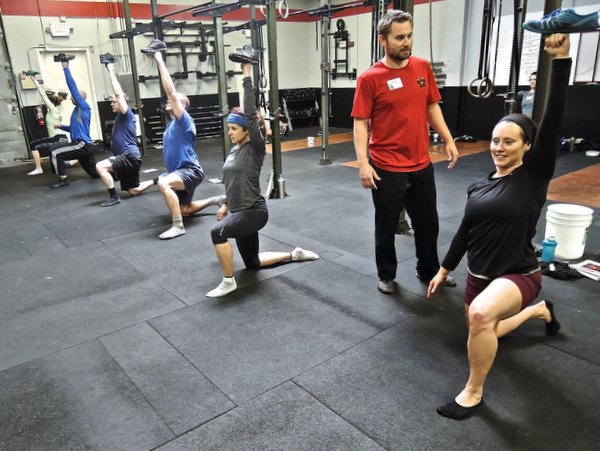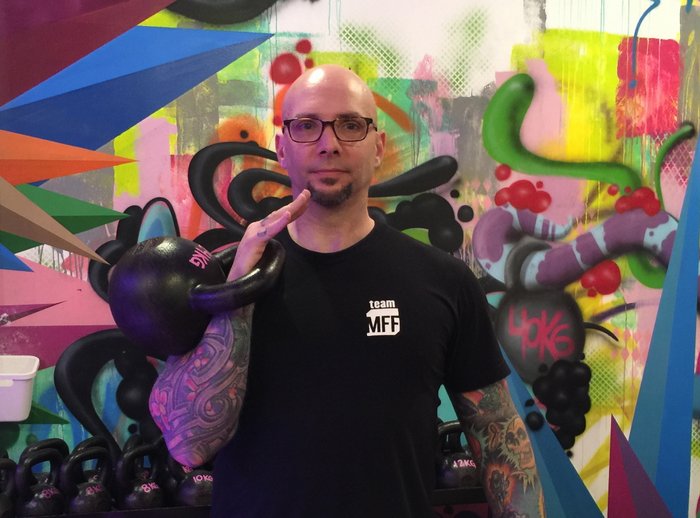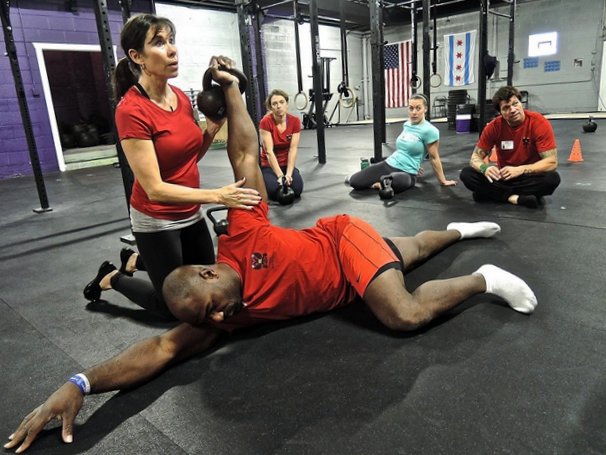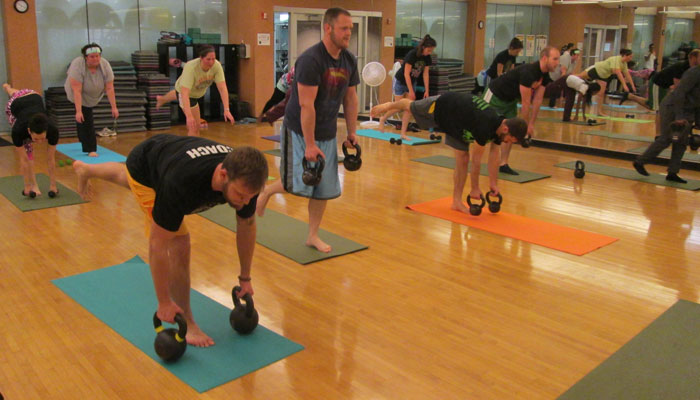
First, let’s consider the human movement system. What parts are involved? What is moving? What initiates the movement?
The human movement system is comprised of the nervous system, skeletal system, and the muscle system—including all the connective soft tissues: tendons, ligaments, and fascia. The nervous system is the master control center of the entire body. It coordinates every function, contraction, and every movement. The nervous system is a super highway of sensory and motor output controlling proper functions, compensating for deficiencies, and altering positions and patterns to maintain homeostasis. The human body is a global tensegrity unit.
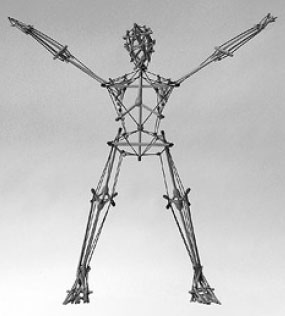
Nerve impulses contract muscles. Muscles and tendons tug on the bones. Ligaments connect bones to other bones, and fascia covers a great portion of the entire system. The skeleton can’t generate movement without muscle contractions. The soft tissue cannot contract to move the bones without the neural input firing impulses into the muscles. It takes all three systems to generate movement.
In perfect human movement, every muscle would be the perfect length, have perfect tension, and have perfect flexibility. The skeletal system would be perfectly uniform and aligned to move with precision and accuracy. The joints would have freedom of movement and quality mobility.
But we aren’t perfect.
Throughout life, we encounter interruptions and interference to our movement system. Here are just a few of them:
- Congenital issues
- Traumas and injuries
- Altered growth patterns
- Diseases
- Poor nutrition
- Lack of quality water
- Lack of quality sleep
- Sedentary lifestyles
- Excess stress
- Poor air quality and pollution
- Lack of movement and exercise (of any type)
These interruptions force the human system to rearrange its alignment, compensate for imbalances, alter movement patterns, and adapt to dysfunctions—all to maintain homeostasis so we can perform in our daily lives. The body will maintain this re-arrangement until there’s a breakdown, an overload, or some type of system collapse. How can we maintain our systems and facilitate efficient function with minimal breakdowns? In other words, how can we move strong(er) in hopes of avoiding catastrophe?
I teach a wonderful class at Life University in the Chiropractic Science Department called Wellness, Movement Assessments, and Conditioning. In this class, we assess movement patterns then determine the soft tissue connections involved in dysfunctional patterns. After collecting all the data, we begin re-training the dysfunctional movement patterns by introducing corrective mobilization exercises and drills. We begin with simple ball rolling on the involved muscles.
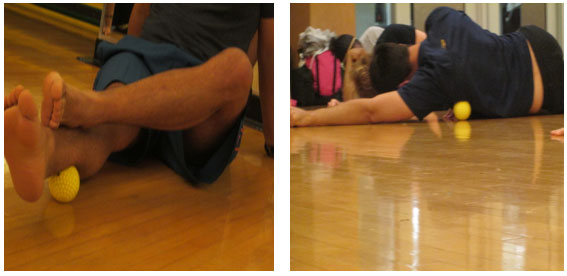 When using many of the kettlebell and bodyweight exercises in Dragon Door’s philosophy of addressing the total athlete, the improvements and results are phenomenal. When improving dysfunctional movement patterns, it is important to introduce corrective patterns through sensory input. This way, the brain can begin rewriting the movement patterns recorded in the cerebellum.
When using many of the kettlebell and bodyweight exercises in Dragon Door’s philosophy of addressing the total athlete, the improvements and results are phenomenal. When improving dysfunctional movement patterns, it is important to introduce corrective patterns through sensory input. This way, the brain can begin rewriting the movement patterns recorded in the cerebellum.
Some of the exercises we use are the get-up, windmill, one-leg deadlift, goblet squat, cossack stretch, renegade row, bear crawl, and arm bar. These movements are the “backbone” corrective exercises. We also mix in crawling patterns, diaphragmatic breathing, and bodyweight core-engagement exercises.
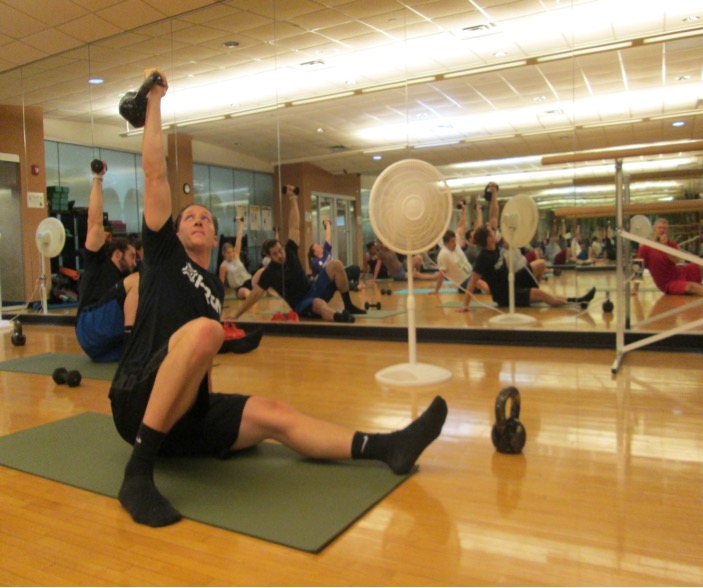
As my good friend Max Shank has repeatedly said, “To improve movement at a certain joint, say the gleno-humeral joint, work from the inside out.” That’s where the focal point of the corrections begin. Strengthen the core, next work on proper diaphragmatic breathing, address scapula stability and mobility, and then arrive at the gleno-humeral joint for strength and mobility. The same formula of working inside out also applies to the lumbo-pelvic-hip complex.
Along with teaching and instructing at Life University, I work with a local high school building quality athletes with kettlebells and movement exercises. These young players are experiencing the increase in strength and mobility that the kettlebell exercises deliver.
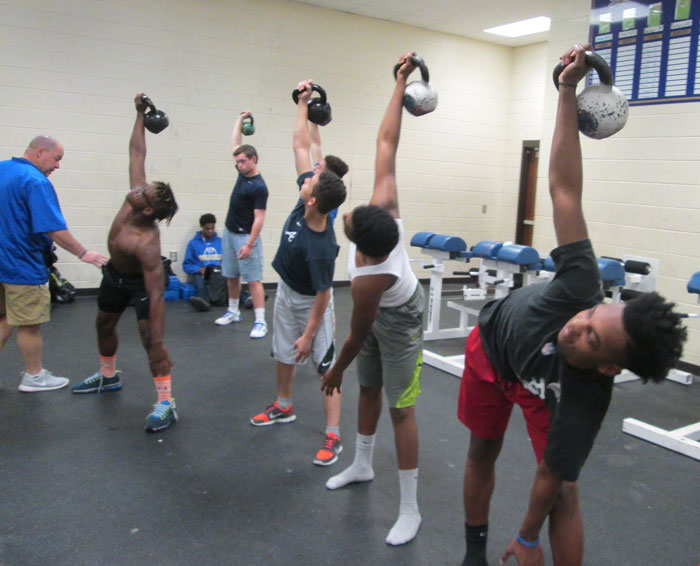
Lastly, at Train Strong Gym, I work with local athletes. We use kettlebells to develop athletic strength and mobility. The benefits from kettlebell training is almost endless.
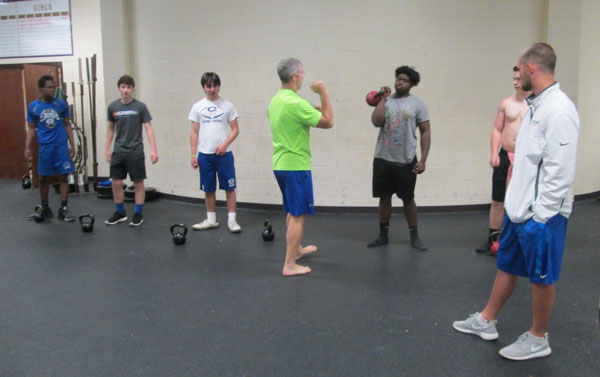
In these three platforms, I have the privilege of introducing the value that the kettlebell exercises delivers to all these students and athletes. The knowledge and experience gained at all these levels is invaluable.
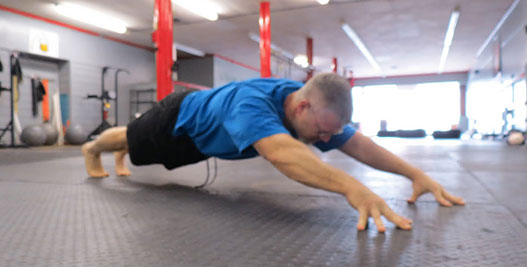
****
Russell Andrews, Chiropractor (23 years), Assistant Professor at Life University, RKC, FMS, 30 years in Strength and Conditioning, certified in kinesiotaping. Previous speaker for the Glazier Football Coaches Clinics, lecturer, future author, co-instructor with Beth Andrews, Senior RKC at Trainstronggym.com
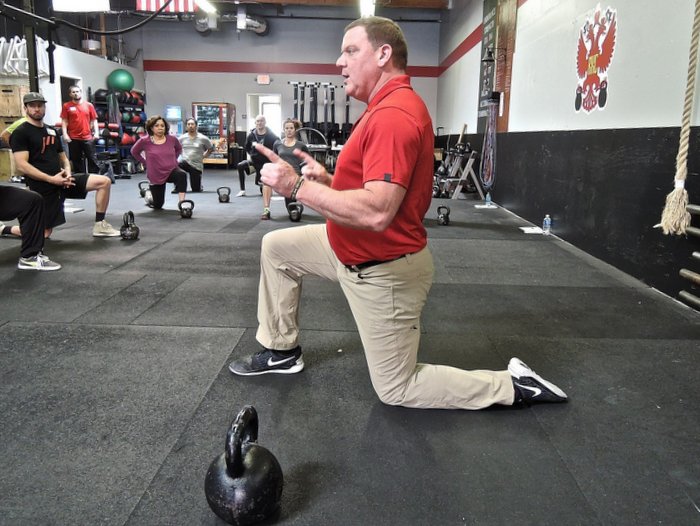
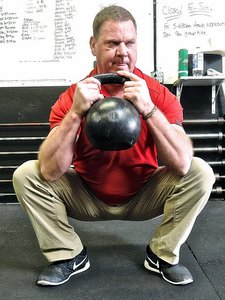
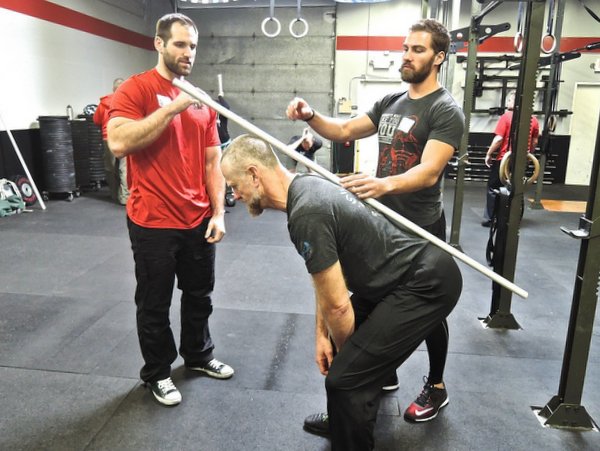
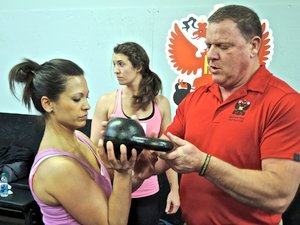 Recertifying will get eyes on you again. Recertifying for $500 means three days of expert teaching and evaluation from at least three people, if not many, many more. This is a bargain compared to hiring a personal trainer.
Recertifying will get eyes on you again. Recertifying for $500 means three days of expert teaching and evaluation from at least three people, if not many, many more. This is a bargain compared to hiring a personal trainer.